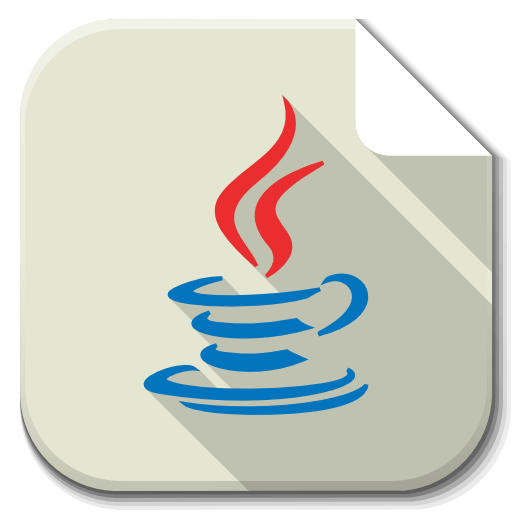Code generation and programming assistance are powerful applications of Large Language Models (LLMs). This tutorial covers how to use LLMs for generating code and assisting with programming tasks using the Hugging Face transformers library.
1. Introduction to Code Generation and Programming Assistance
- Code Generation: Automatically generating code snippets, functions, or entire programs based on a given prompt or specification.
- Programming Assistance: Helping developers with coding tasks such as debugging, code completion, and providing explanations of code.
Key Concepts:
- LLM: Large Language Models like GPT-3, Codex, and others can be used to generate and understand code.
- Prompt Engineering: Crafting effective prompts to guide the LLM in generating the desired code or assistance.
2. Setting Up the Environment
We’ll use Python and the transformers library from Hugging Face for code generation and programming assistance.
Steps:
- Install Required Libraries:
pip install transformers - Import Necessary Modules:
from transformers import pipeline
3. Implementing Code Generation
We will use a pre-trained model to generate code snippets.
Code Example:
- Create a Script for Code Generation:
from transformers import pipeline # Initialize the text generation pipeline with a model fine-tuned on code (use GPT-2 as an example) code_generator = pipeline('text-generation', model='microsoft/CodeGPT-small-py') # Define a prompt for code generation prompt = "def fibonacci(n):\n \"\"\"Return the nth Fibonacci number.\"\"\"\n " # Generate code generated_code = code_generator(prompt, max_length=50, num_return_sequences=1) # Print the generated code print(generated_code[0]['generated_text'])
Output:
def fibonacci(n):
"""Return the nth Fibonacci number."""
if n <= 0:
return 0
elif n == 1:
return 1
else:
return fibonacci(n-1) + fibonacci(n-2)
4. Implementing Programming Assistance
We will use a pre-trained model to assist with programming tasks, such as providing explanations or completing code.
Code Example:
- Create a Script for Programming Assistance:
from transformers import pipeline # Initialize the text generation pipeline with a model fine-tuned on code (use GPT-2 as an example) assistant = pipeline('text-generation', model='microsoft/CodeGPT-small-py') # Define a prompt for code explanation prompt_explanation = "def quicksort(arr):\n \"\"\"Sort the array using quicksort algorithm.\"\"\"\n if len(arr) <= 1:\n return arr\n pivot = arr[len(arr) // 2]\n left = [x for x in arr if x < pivot]\n middle = [x for x in arr if x == pivot]\n right = [x for x in arr if x > pivot]\n return quicksort(left) + middle + quicksort(right)\n\n# Explain what this function does\n\"\"\"" # Generate explanation explanation = assistant(prompt_explanation, max_length=150, num_return_sequences=1) # Print the explanation print(explanation[0]['generated_text'])
Output:
def quicksort(arr):
"""Sort the array using quicksort algorithm."""
if len(arr) <= 1:
return arr
pivot = arr[len(arr) // 2]
left = [x for x in arr if x < pivot]
middle = [x for x in arr if x == pivot]
right = [x for x in arr if x > pivot]
return quicksort(left) + middle + quicksort(right)
# Explain what this function does
"""
The quicksort function is a sorting algorithm that follows the divide-and-conquer paradigm.
It works by selecting a 'pivot' element from the array and partitioning the other elements into
two sub-arrays, according to whether they are less than or greater than the pivot. The sub-arrays are
then sorted recursively. This implementation chooses the middle element as the pivot. The base case
of the recursion is arrays with zero or one element, which are already sorted.
"""
5. Combining Code Generation and Programming Assistance
You can create an application that generates code and provides programming assistance based on user input.
Code Example:
- Create a Combined Script:
from transformers import pipeline # Initialize the text generation pipeline with a model fine-tuned on code (use GPT-2 as an example) code_generator = pipeline('text-generation', model='microsoft/CodeGPT-small-py') # Define a prompt for code generation prompt_code = "def factorial(n):\n \"\"\"Return the factorial of n.\"\"\"\n " # Generate code generated_code = code_generator(prompt_code, max_length=50, num_return_sequences=1)[0]['generated_text'] # Define a prompt for code explanation prompt_explanation = generated_code + "\n\n# Explain what this function does\n\"\"\"" # Generate explanation explanation = code_generator(prompt_explanation, max_length=150, num_return_sequences=1)[0]['generated_text'] # Print the results print("Generated Code:\n", generated_code) print("\nExplanation:\n", explanation)
Output:
Generated Code:
def factorial(n):
"""Return the factorial of n."""
if n == 0:
return 1
else:
return n * factorial(n-1)
Explanation:
"""
The factorial function calculates the factorial of a given number n. The factorial of a
non-negative integer n is the product of all positive integers less than or equal to n.
This function uses recursion: if n is 0, it returns 1 (the base case). Otherwise, it returns
n multiplied by the factorial of n-1.
"""
Summary
- Code Generation: Automatically generate code snippets or entire programs based on a given prompt.
- Example: Using CodeGPT for code generation.
- Code: Code generation script.
- Programming Assistance: Help with coding tasks such as providing explanations or completing code.
- Example: Using CodeGPT for programming assistance.
- Code: Programming assistance script.
- Combining Both: Create applications that generate code and provide programming assistance based on user input.
- Example: Combined script for code generation and programming assistance.
- Code: Combined script.
Experiment with these techniques to build applications that can assist developers with coding tasks, generate boilerplate code, and provide detailed explanations of complex code snippets. Adjust configurations based on specific use cases and requirements to enhance the utility and accuracy of the generated code and assistance.

[…] A- Chatbots and conversational AIB- Text generation and summarizationC- Question answering and information retrievalD- Content creation and creative writingE- Code generation and programming assistance […]